Mastering the Art of Writing: A Comprehensive Guide to Using a Fountain Pen Correctly
In today's digital era, where keyboards and touchscreens dominate, the allure of using a fountain pen has a distinct charm. Not only does it elevate the elegance of your handwriting, but it also allows you to reconnect with the art of writing. However, to use a fountain pen correctly, it's essential to understand the nuances and practice proper technique. In this in-depth blog post, we will explore everything you need to know about using a fountain pen, ensuring a seamless and enjoyable writing experience.

1. Selecting the Perfect Fountain Pen:
Before delving into the technical aspects, it's vital to choose a fountain pen that aligns with your preferences. Consider factors such as nib size, weight, grip, and overall comfort. If possible, visit a pen store to test out different options and determine what feels most comfortable in your hand. Remember, finding the perfect pen is a personal journey, so take your time to make the right choice.
2. Preparing Your Fountain Pen:
Preparing a fountain pen for use is an essential step that guarantees optimal performance. Follow these steps:
-
Filling Mechanism: Depending on your pen, it may feature a cartridge, converter, or eyedropper filling system. Read the manufacturer's instructions carefully to understand the filling mechanism specific to your pen model.
-
Ink Filling: When filling your fountain pen, ensure a clean and well-lit workspace. If using a cartridge, insert it firmly into the pen barrel, making sure it clicks into place. For a converter, submerge the nib into the ink bottle, operate the converter mechanism, and draw up the ink. If using an eyedropper, fill the pen barrel with ink, being cautious not to overfill.
-
Allowing Ink Flow: After filling, give the pen a few moments to allow the ink to flow evenly throughout the nib. If your pen has been unused for an extended period, you may need to prime the ink flow by gently shaking or tapping it on a surface.
3. Proper Pen Grip:
Holding your fountain pen correctly is crucial for optimal control and comfort during writing sessions. Follow these guidelines:
-
Relaxed Grip: Hold the pen between your thumb and index finger with a relaxed grip. Avoid gripping it too tightly, as this may impede ink flow and cause hand fatigue.
-
Middle Finger Support: Rest the pen gently on your middle finger for additional support and stability. This finger acts as a guide, ensuring controlled movements while writing.
4. Angle and Pressure:
To achieve smooth and consistent writing with a fountain pen, pay attention to the angle and pressure you apply:
-
Nib Angle: Experiment with different angles to find the one that suits your writing style best. Generally, a 45-degree angle provides optimal ink flow, but feel free to adjust it according to your preference.
-
Pressure Control: Unlike ballpoint or gel pens, fountain pens require minimal pressure. Applying excessive pressure can disrupt the ink flow or cause scratching on the paper. Instead, allow the pen's weight and gravity to do the work. Practice light and even pressure, letting the pen glide effortlessly across the page.
5. Maintaining a Fluid Motion:
Maintaining a consistent speed and rhythm while writing is key to achieving smooth pen strokes. Here's how to maintain a fluid motion:
-
Consistency: Aim for a consistent speed when writing with a fountain pen. Avoid sudden changes in speed or excessive pausing, as this can lead to inconsistent ink flow, resulting in pooling or skipping.
-
Effortless Writing: Allow your hand and arm to move smoothly as you write, maintaining a relaxed posture. This
fluid motion enhances the beauty and legibility of your handwriting.
6. Choosing Fountain Pen-Friendly Paper:
To optimise your fountain pen experience, selecting the right paper is crucial. Look for paper specifically designed for fountain pen use, often labeled as "fountain pen-friendly" or "ink-resistant." These papers have a smooth surface that minimises feathering or bleeding of ink, ensuring your writing looks clean and sharp.
7. Maintenance and Cleaning:
Proper maintenance is essential to keep your fountain pen in optimal condition. Follow these guidelines:
-
Periodic Cleaning: Clean your pen regularly, especially when changing ink colours or if you notice inconsistent ink flow. Flush the pen with clean water or a pen-cleaning solution, adhering to the manufacturer's guidelines. This process removes residual ink, preventing clogs and ensuring smooth performance.
-
Storage: When not in use, store your fountain pen with the nib facing up. This prevents the ink from drying out or leaking, maintaining the pen's longevity.
Using a fountain pen correctly is a delightful journey that combines tradition, elegance, and the joy of handwriting. By selecting the right pen, mastering proper technique, and dedicating time to practice, you can unlock the full potential of this timeless writing instrument. Embrace the art of writing, allowing your words to flow effortlessly onto the page, leaving a mark that reflects your unique style and personality. Happy writing!
Note: To enhance your fountain pen experience, experiment with different inks and nib sizes. Remember to have fun and enjoy the process of exploring the world of fountain pens!






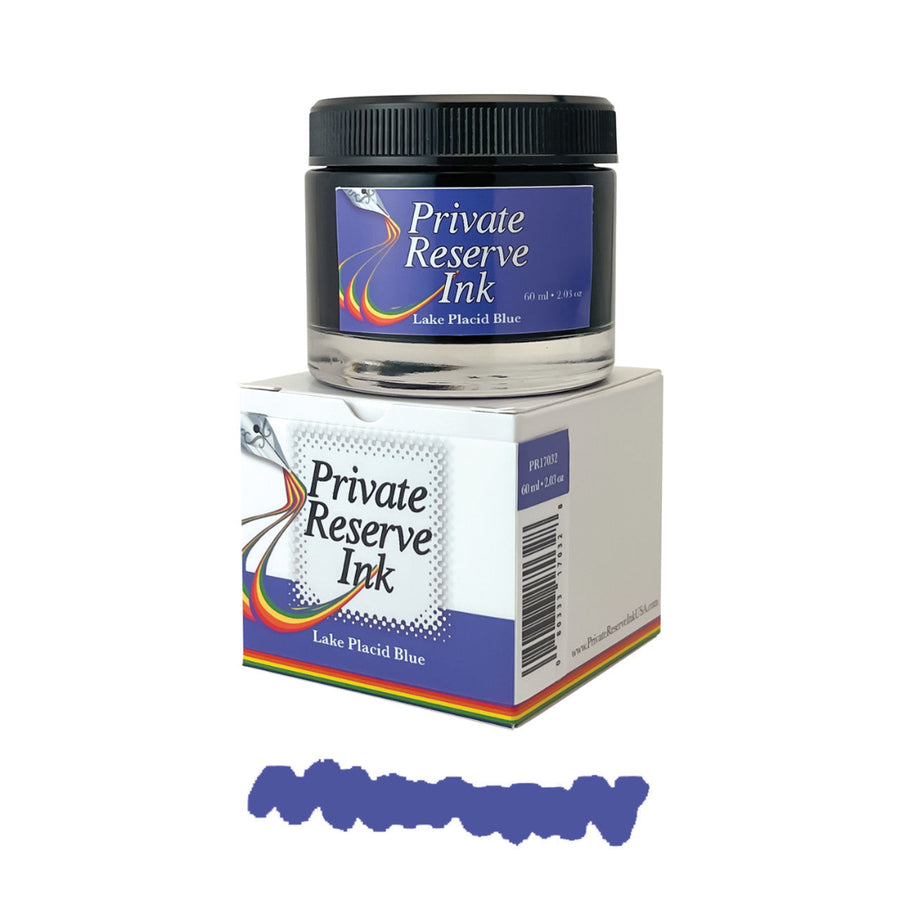
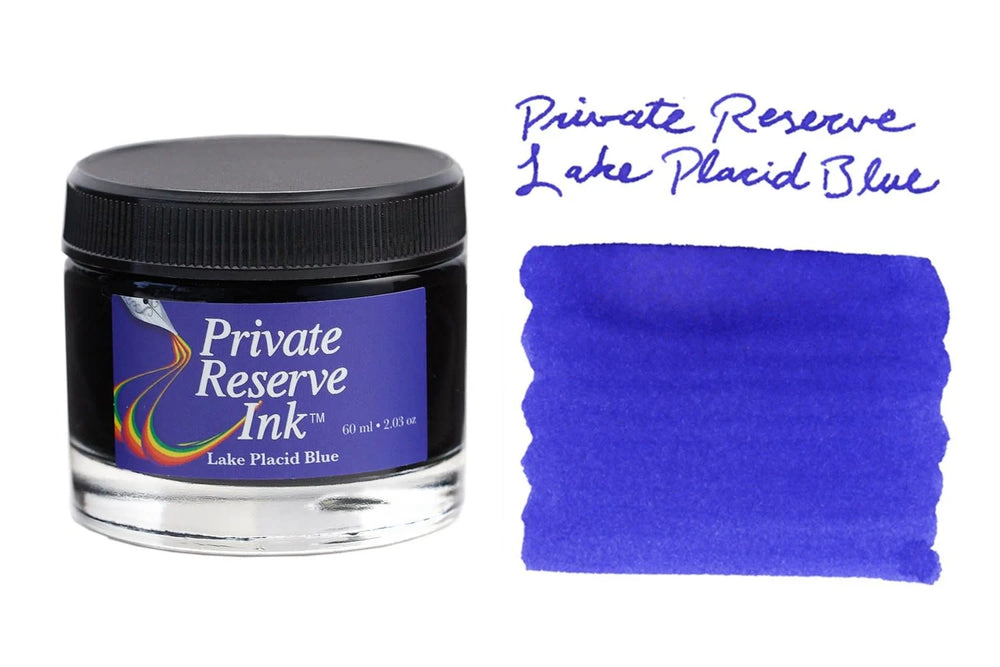

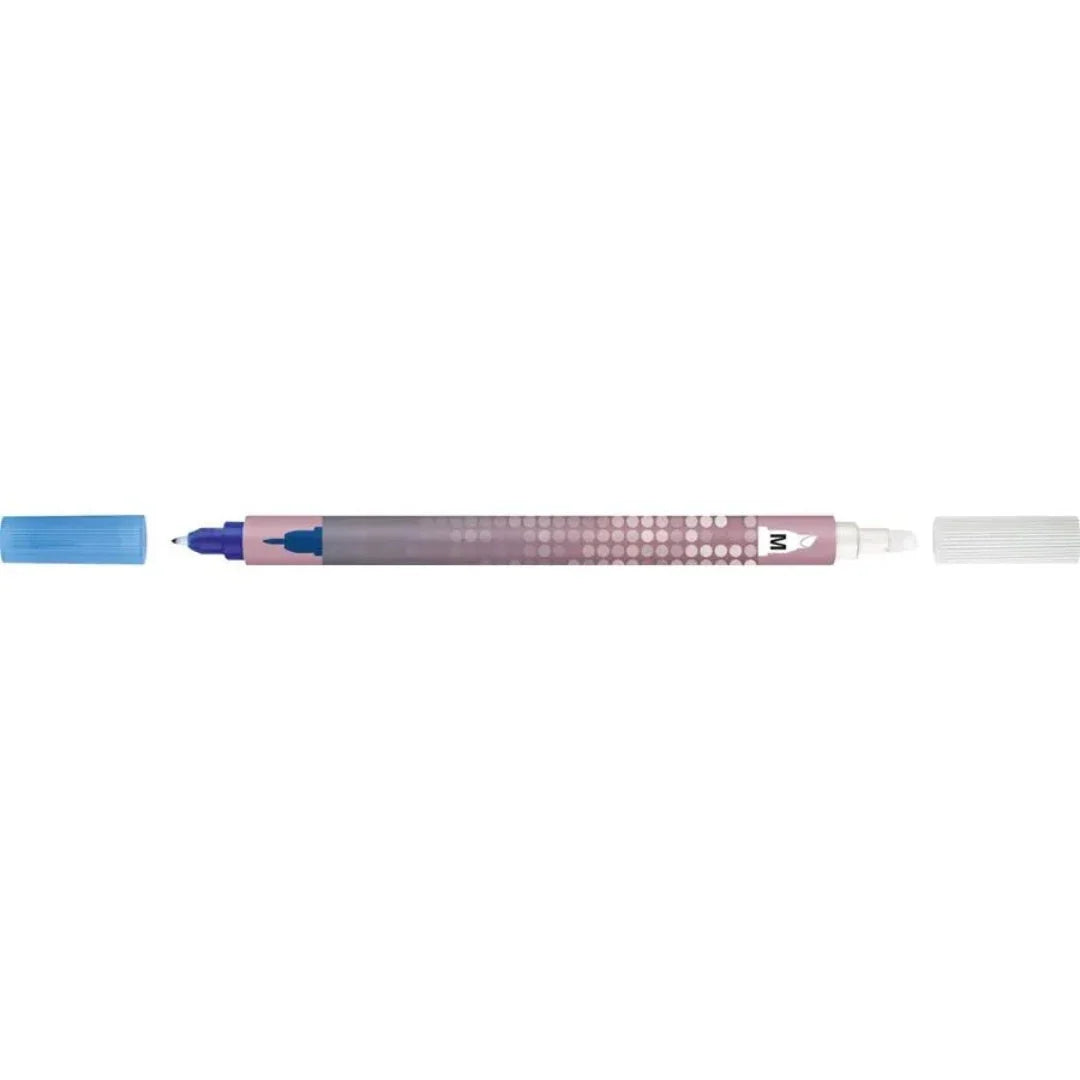
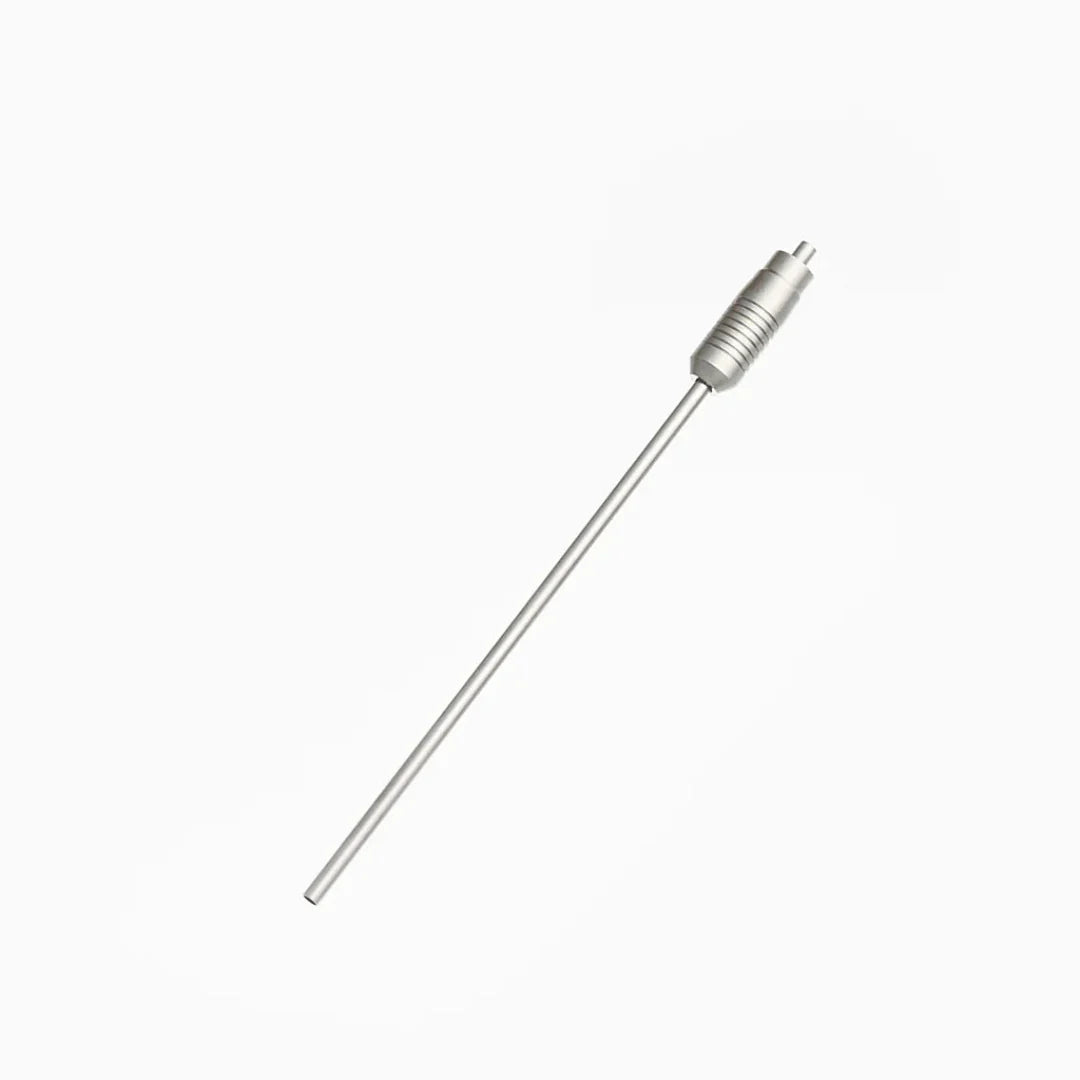
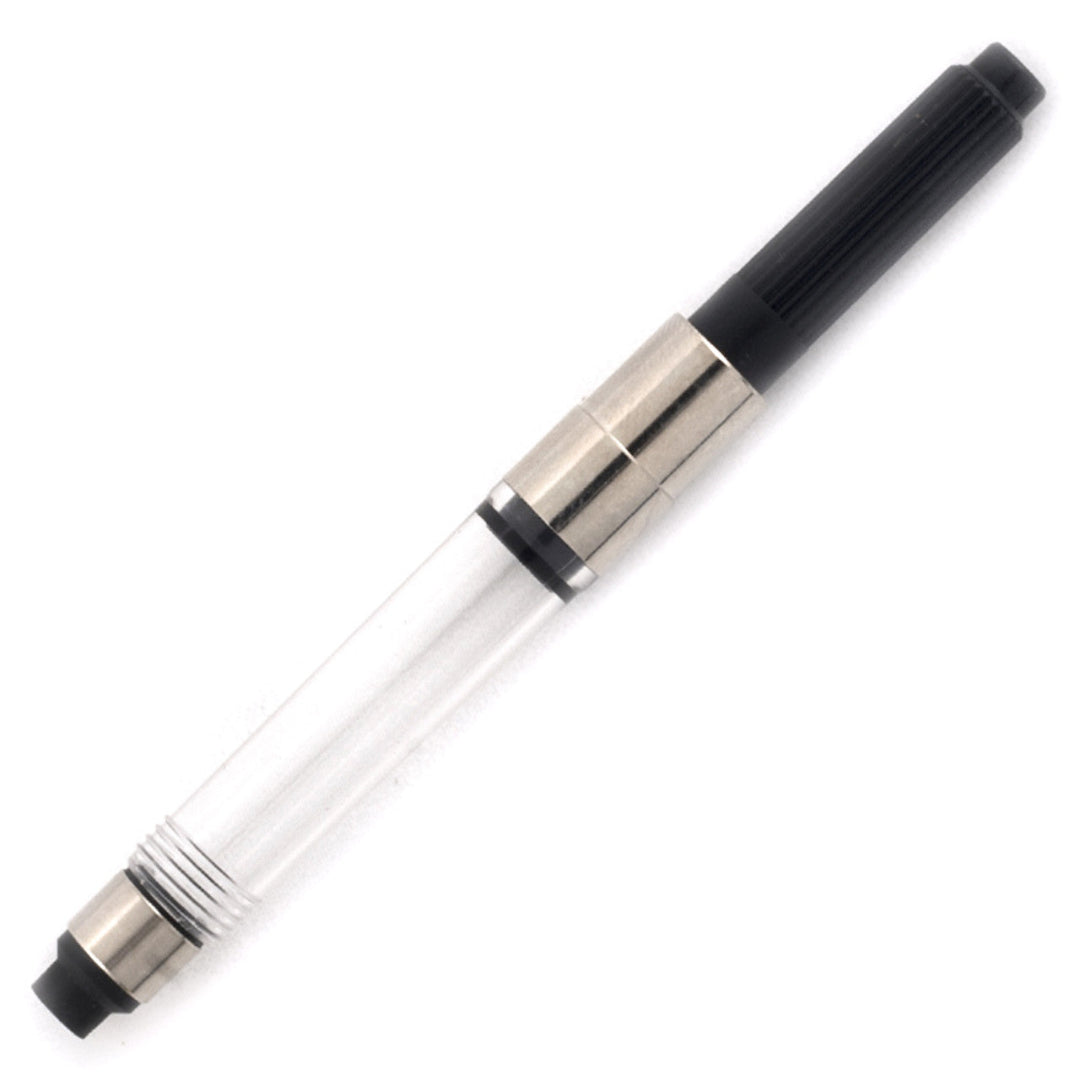
Leave a comment